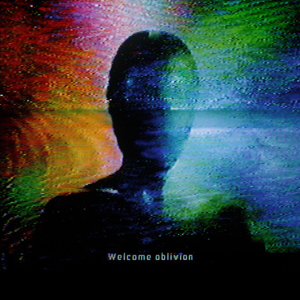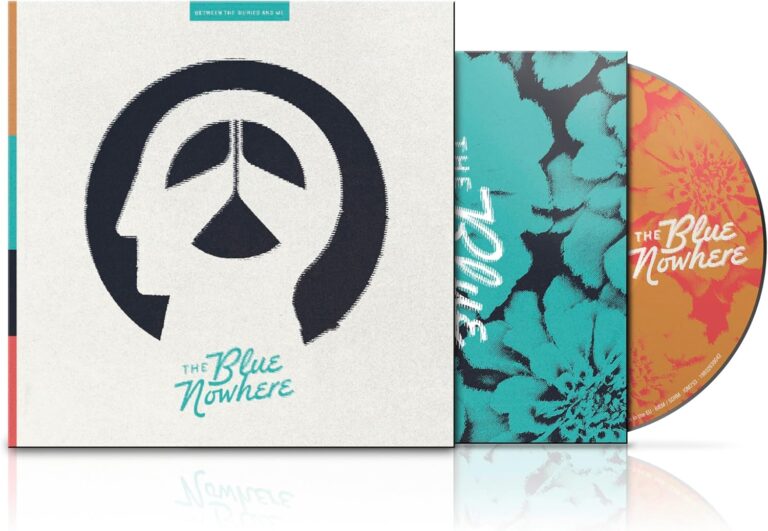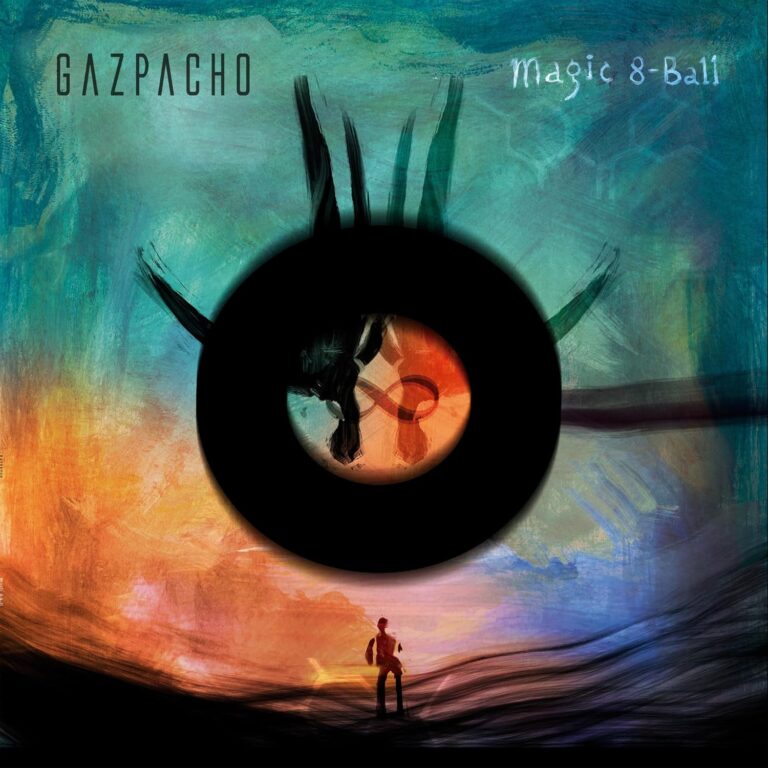And so, almost three years since the first promising EP appeared, How to destroy Angels make their full-length debut appearance on ‘welcome oblivion’, an album that incorporates much of last year’s Omen EP and spits it out alongside an equally paranoid collection of brooding electronica. Building upon the promise of the two EPS, as well as incorporating the experiences that Atticus and Trent had on crafting ‘the social network’ and ‘the girl with the dragon tattoo’ soundtracks, it is an exciting, darkly entertaining work that draws upon the combined strengths of the artists involved, particularly Mariqueen and her stunningly sultry vocal contribution, to deliver an album that easily lives up to the lofty expectations generated by Reznor’s involvement.
‘The wake up’ is a clattering clusterfuck of beats, gruelling textures and cut-up vocals. It’s not dissimilar to the industrial nightmares brewed on the ‘Year zero’ remix album, and it’s clear that Trent Reznor has once again taken been taking notes of the music around him without feeling the need to do anything so gauche as to start incorporating dubstep into his repertoire. ‘Keep it together’ mixes up the Spartan programming and minimalist sounds of Atoms for Peace and Massive Attack with ‘Fragile’-era NIN and Mariqueen’s amazing, sultry voice. It’s a subtle, throbbing piece of music shot through with the bleak despair of a couple who have reached that point in their lives when they have realised that in dedicating all their energy to each other, they no longer have anything left with which to combat the vicissitudes of a globalised world with the result that the track feels like an admission of defeat rather than the furious gestures of defiance rife on ‘The Downward spiral. A highlight is surely the dark-hearted ‘the sky begins to scream’ which draws together the experience that Trent and Atticus gained on working with David Fincher on ‘The girl with the dragon tattoo’, the swirling sound effects mixing up eerie textures with a somnambulant beat that still jitters with tension and electricity. The title track, meanwhile, thunders away with a distorted beat that most closely resembles the Karen O-featuring blast of ‘the immigrant song’ cover, crossed with ‘where is everybody’. It’s a stark reminder that Trent Reznor was working so far ahead of the curve on ‘the fragile’ that when referencing it he still manages to sound futuristic.
Sticking with ‘the fragile’ as a source of inspiration, the lengthy (seven minute) epic of ‘ice age’ is one shot through with atypical instrumentation and a sense of eerie atmosphere which thickens as layers of droning feedback caress the listener with icy fingers and the music seethes with agitation. ‘On the wing’ combines Trent’s whispery croon and Mariqueen’s beautiful tones to good effect over a skittering beat that harks back to the days of ‘with teeth’ before ‘too late, all gone’ hits a dirty groove that comes across as a sequel to ‘every day is exactly the same’ with its simple chorus lyric and melody contrasting nicely with a cut up verse that filters hip hop through a dystopian nightmare and throws in hints of Sigur Ros for good measure. ‘How long’ opens with an incongruous snatch of heavily harmonised vocals before shifting into a stripped down beat for a track that draws more upon Depeche Mode for inspiration with its ever-shifting synths and pop-conscious melody than the ambient textures found elsewhere in the album. In contrast ‘strings and attractors’ is as paired down as they come, the beat a barely sketched out template that is lent contiguity by the subtly beautiful vocal work that, once again, recalls the dark-pop of Depeche mode at their most oblique.
The final third of the album sees ‘we fade away’ phase into view on a pulsing synth line that is the auditory equivalent of sea-sickness, with the vocals sounding strangely gleeful in its acquiescence to the passing of time. The lengthy ‘Recursive self-improvement’ heads off on its own into Radiohead ‘idioteque’ / Aphex Twin territory, recalling NIN’s ‘ghosts’ in the process, albeit with a greater sense of urgency thanks to the relentless beat. Eccentricity is also the order of the day for the lurching ‘the loop closes’ with its repeated line of “the beginning is the end, it keeps coming round again,” drawing the listener into a cycle of dependency that fades into the album closer ‘hallowed ground’ – a beautiful coda that shimmers amidst the heat haze and leaves you aching for more.
How to destroy angels are increasingly delivering on the promise of combining latter day elements of NIN with the trip-hop ambience and culturally aware work of Massive attack to create a compelling, subtly paranoid experience. Certainly the bile that drove ‘Year Zero’ has been moderated, but the underlying themes, of a world that is crumbling, remain and from the art work to the delicately rendered soundscapes the imprint of Trent Reznor and collaborator Atticus Ross are all over this work. Mariqueen is no silent partner, however, her stunning voice brings a delicacy to Reznor’s work that was not always present amidst the metallic might of NIN and although references to his earlier works abound, this is a work that stands proudly alone, showcasing a variety of new areas within which the band can develop their skills. ‘Welcome Oblivion’ is a fascinating record that grows deep within your subconscious, until you’re hooked, waiting for the next opportunity to become absorbed within its tense, yet sensuous caress.





